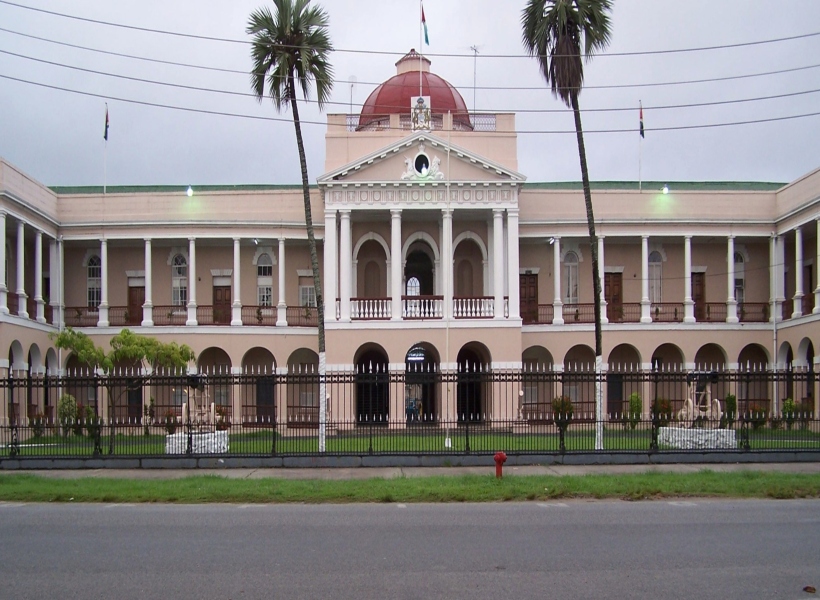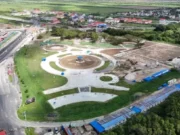Guyana’s health sector continues to undergo a major transformation, with significant investments aimed at improving access, infrastructure, and the overall quality of care. According to the Government of Guyana’s Mid-Year Report, $52.9 billion of the $143.2 billion national health budget was spent in the first half of 2025 to expand and upgrade facilities, train healthcare professionals, and modernize the health records system.
The government said the spending underscores its commitment to ensuring greater access and better health outcomes for citizens across the country.
During the first half of the year, $11.3 billion was directed toward advancing hospital projects, including the new Paediatric and Maternity Hospital and six regional hospitals located at Lima, De Kinderen, Enmore, Bath, No. 75 Village, and Diamond.
All six regional hospitals have now been completed and commissioned, marking a major milestone in the country’s healthcare development. The Diamond Regional Hospital was the first to be commissioned, in June 2025.
Each of the new regional hospitals offers 24/7 emergency care, outpatient clinics, 75 in-patient beds, and three operating theatres, as well as advanced diagnostic equipment such as CT scanners, digital X-rays, and ultrasound machines. Together, they are expected to serve thousands of residents in their respective regions.
Work will also advance this year on hospitals at Moruca, West Demerara, New Amsterdam, Kato, and Lethem, further extending modern medical care to hinterland and coastal communities alike.
To strengthen the human resource base of the health sector, the government is also focusing on training and education. Construction of the Suddie and New Amsterdam training complexes is progressing well and both are slated for substantial completion later this year.
Additionally, design and construction work has commenced for dormitories to accommodate trainees at these institutions. A contract has also been awarded for the construction of a Medicines Regulatory Laboratory and Office Complex, which will enhance the monitoring and quality assurance of pharmaceuticals distributed across the country.
Significant sums have also been directed toward improving diagnostic capacity and treatment options. In the first half of 2025, $1.4 billion was spent on acquiring critical medical equipment, including Catheterization Laboratory (Cath Lab) and Magnetic Resonance Imaging (MRI) machines.
An additional $11.3 billion was used for the procurement of drugs and medical supplies nationwide. Among the key initiatives is the introduction of the 9-Valent HPV vaccine, which offers broader protection against multiple strains of the Human Papillomavirus, enhancing efforts to prevent cervical and other related cancers.
In a landmark move, the government also launched a free prosthetic limbs programme earlier this year. For the first time, persons in need of prosthetic limbs can now access them completely free of cost, marking a significant step toward inclusive healthcare and improved quality of life for differently abled citizens.









